672AD
Kyoto is said to be the birthplace of Japan’s bathing culture.
The oldest record dates back to 672 AD, when an Emperor of Japan took a bath here. While Europe was entering the early Middle Ages in the 7th century, Japan already had an emperor and a developed bathing culture in Kyoto.
The “Kama-buro” of Yase is a traditional Japanese steam bath with a history that dates back over a thousand years.
Inside a dome-shaped stone chamber, fresh firewood is burned to heat the interior, and once it becomes hot enough, the ashes are removed. Then straw mats are laid on the floor—this custom is said to be the origin of the word furoshiki (the wrapping cloth).
Before entering, people sprinkle salt water around the room, then sit or lie inside to warm their bodies.
According to legend, Prince Ōama (later Emperor Tenmu) used this steam bath to heal an arrow wound he suffered during the Jinshin War in the 7th century.
The bathhouse is about six tatami mats in size, and the chamber is heated for around ten hours before bathing. The intense heat promotes sweating and circulation, and was long believed to have strong healing and health benefits.
Because Kyoto’s city center has no natural hot springs, this type of steam bath was a popular way for locals to relax and recover.
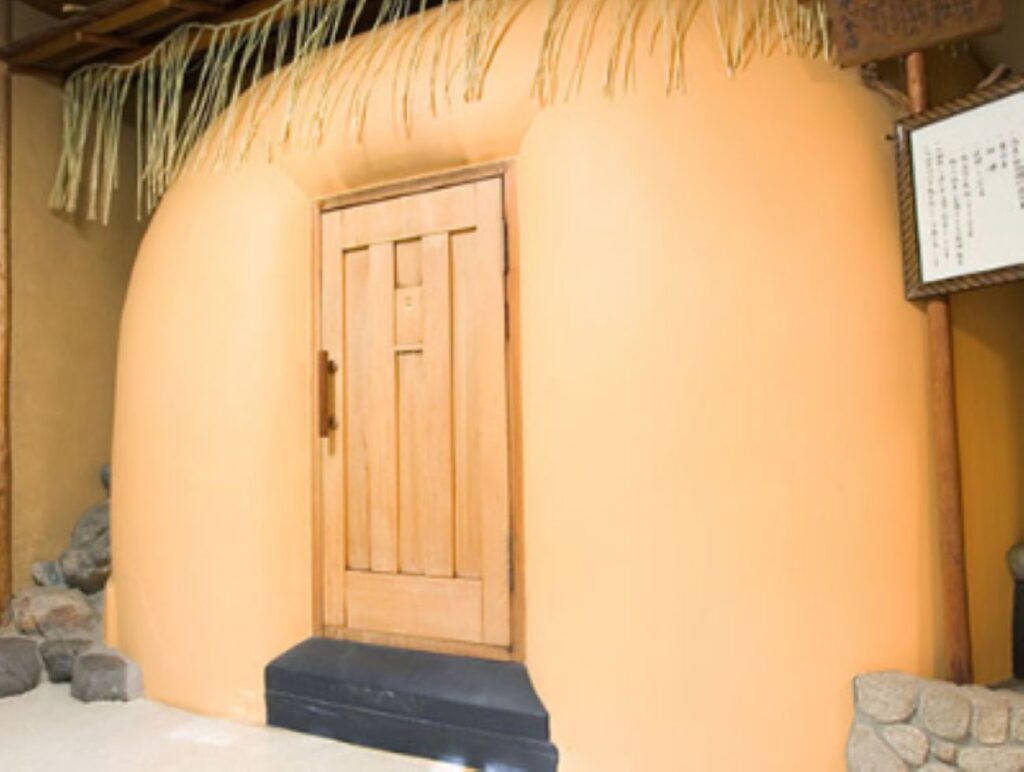
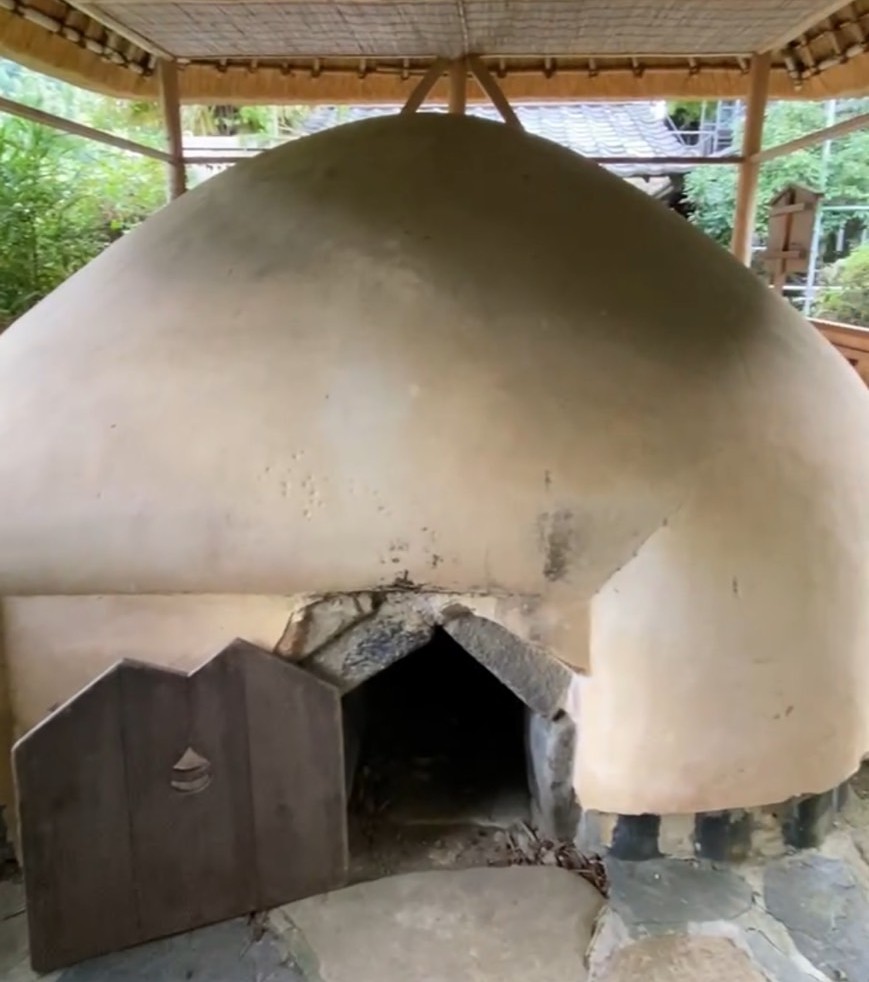
1100AD
The oldest record of public bathing in Japan appears in an old story collection from the 12th century. It says people went together to take a hot bath in the hills of Kyoto. This means that public baths probably existed in Japan about 900 years ago.
The word sentō (public bath) later appeared in another record from the 1300s, saying that a bathhouse was built at a shrine in Kyoto. There were also bathhouses in different parts of the city.
In the old days, people didn’t soak in water like today — they used steam baths instead. By around the 1500s, public baths had spread around Kyoto and had become part of daily life.
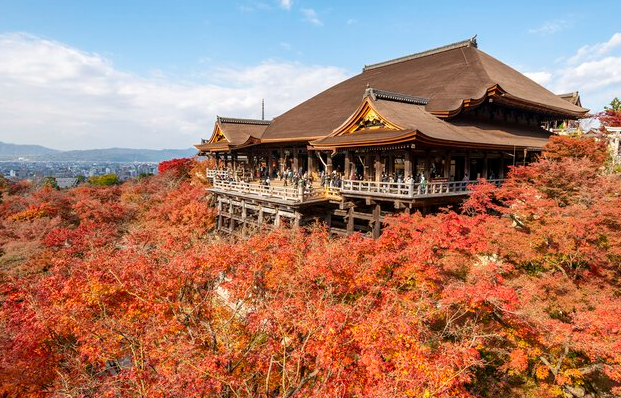
Around 1591-1668
Public bathhouses became popular in Tokyo.
At first, the water was too hot, and many people found it uncomfortable to bathe.
However, once they got used to the heat, public baths became very popular.
People enjoyed them for relaxation, recovery from fatigue, and to freshen up before work or going out.
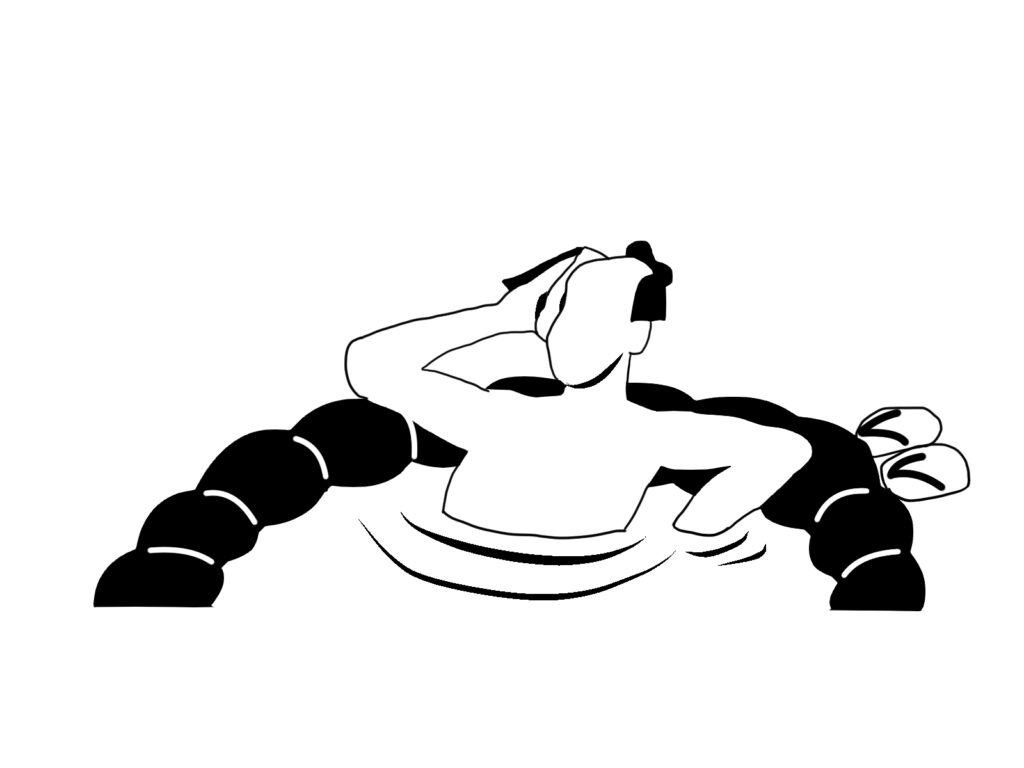
Around 1955-2025
In 1955, installing baths in homes gradually became popular. In 1965, the number of public baths nationwide peaked at 18,000. After that, installing baths in homes became the norm, and the number of public baths steadily decreased, to one-tenth of its peak by 2022. Nowadays, public baths are used as cafes or bars, taking advantage of their stylish interiors.

We offer guided tours that allow visitors to Japan to learn about and experience the changes in Japanese bathing culture over time, so please do join us. We have also published an e-book.
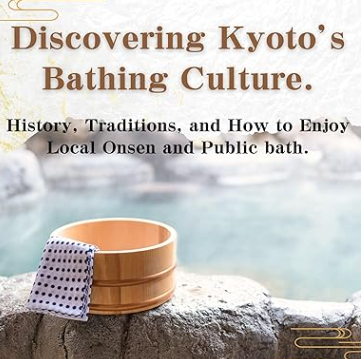
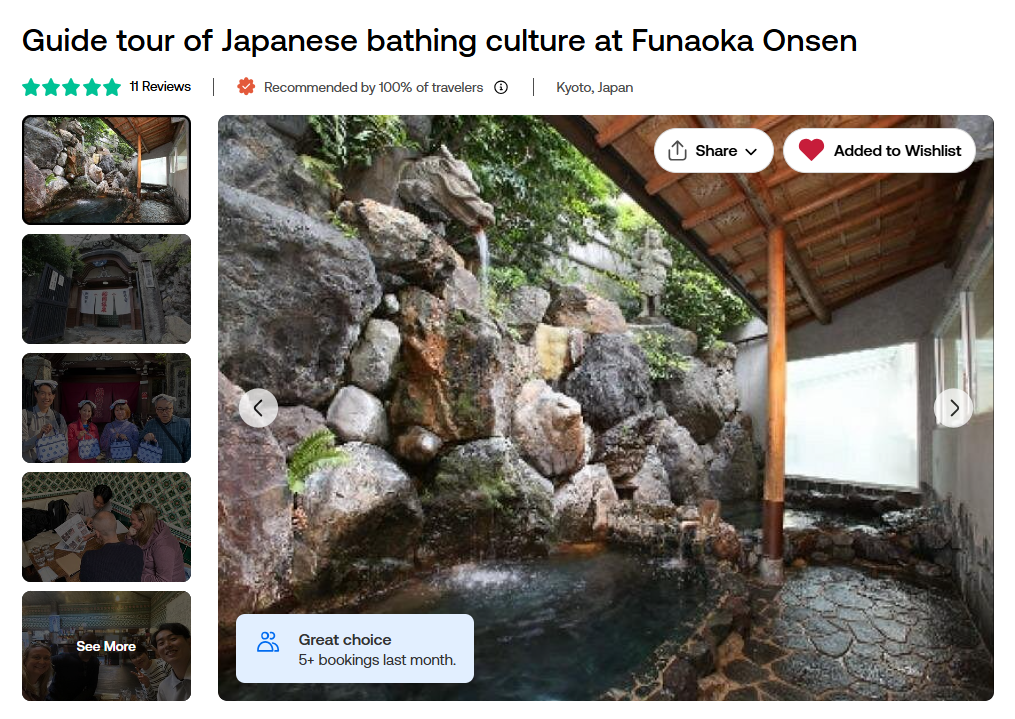
my self introduction

I am a Japanese who was born and raised in Kyoto, Japan. I want everyone to experience Kyoto’s great hot springs, so I work as a tour guide, teaching tourists proper bathing etiquette.
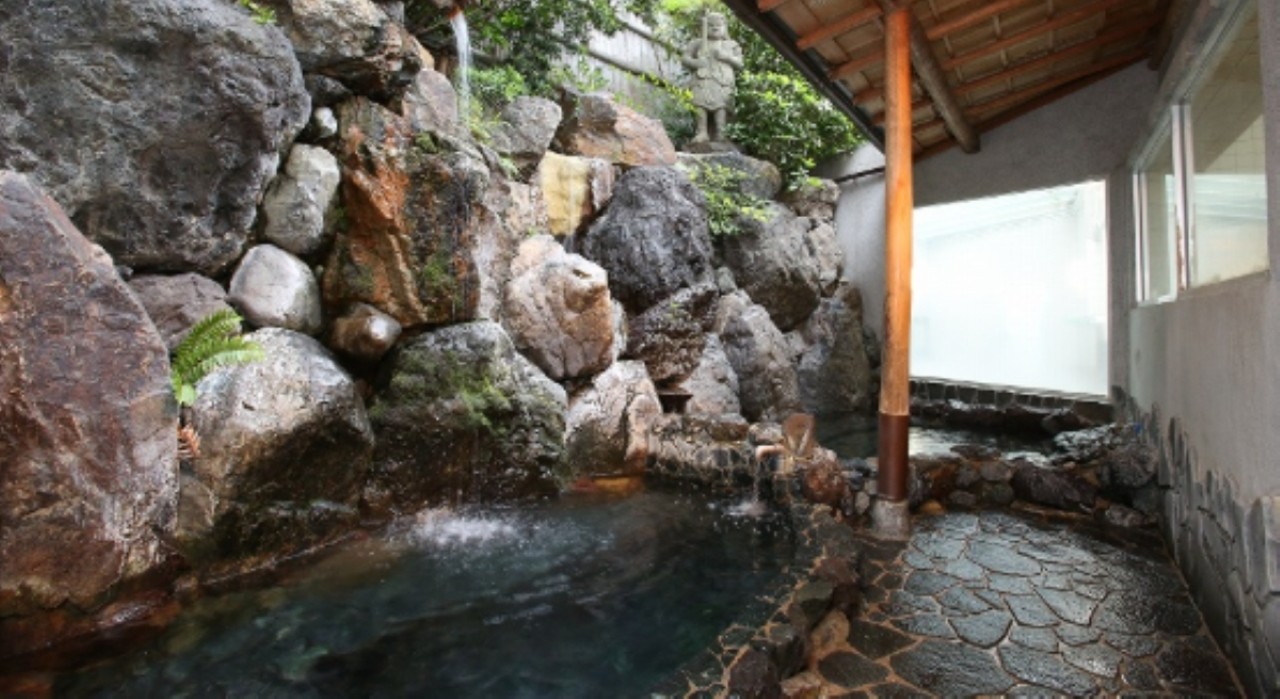

コメント